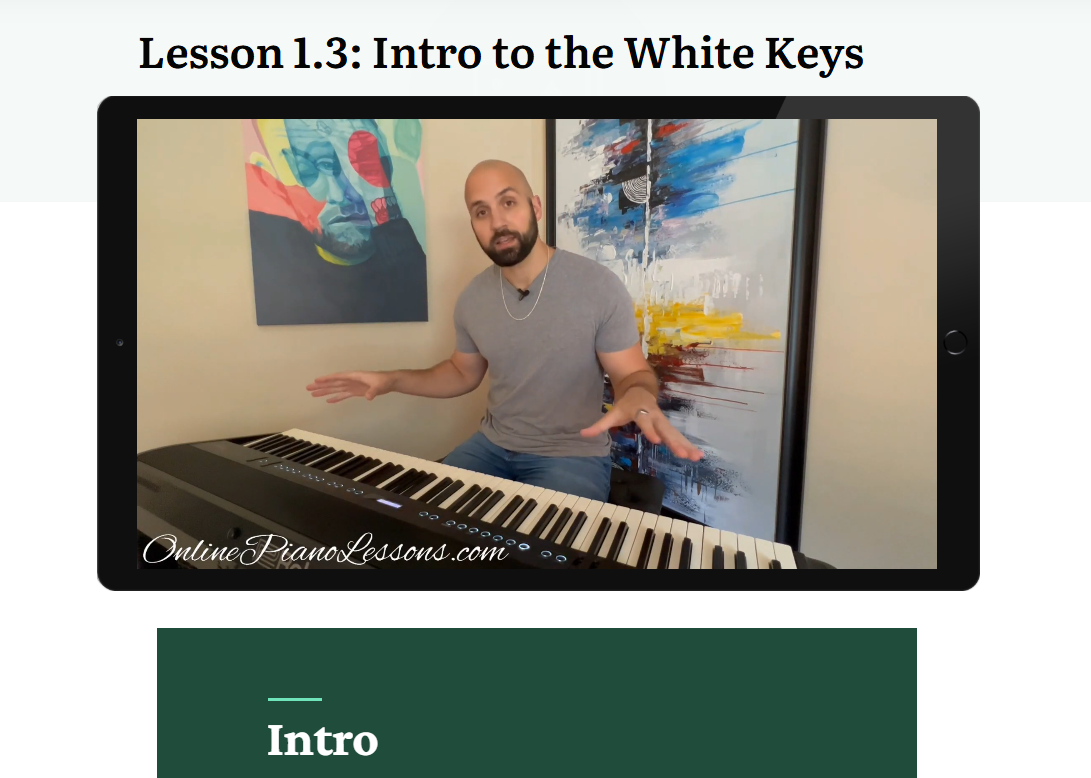When it comes to the world of music, two of the most influential and enduring genres are Blues and Jazz. Both styles have deeply shaped modern music, inspiring countless musicians and pianists around the globe. At first glance, the two genres may sound similar to those unfamiliar with their intricacies. However, as a pianist, understanding the differences and similarities between Blues and Jazz opens up a world of expressive possibilities. In this post, we will explore what makes Blues and Jazz unique, how they overlap, and why they continue to captivate pianists to this day.
What is Blues?
The Blues originated in the African American communities of the Deep South of the United States in the late 19th century. It grew out of work songs, field hollers, spirituals, and folk traditions. The genre is known for its raw emotional power, often expressing themes of hardship, longing, resilience, and hope.
For pianists, Blues is characterized by its use of the 12-bar blues progression, one of the most iconic chord progressions in music. This simple yet powerful structure typically follows I-IV-V chords in a repeating cycle, giving pianists a clear foundation for improvisation and expression. The Blues scale—a minor pentatonic scale with an added flat fifth, often referred to as the “blue note”—creates its signature sound. When you play Blues on the piano, you’re not just playing notes; you’re channeling emotion and storytelling through the keys.
What is Jazz?
Jazz, on the other hand, emerged in the early 20th century, primarily in New Orleans. It grew out of a mix of Blues, ragtime, brass band music, and African American traditions. Jazz is often described as the art of improvisation, blending harmony, rhythm, and melody in ever-changing ways. Where Blues might rely on a set progression, Jazz encourages fluidity, complexity, and freedom.
For pianists, Jazz offers endless possibilities. It frequently uses extended chords (such as 7ths, 9ths, and 13ths), syncopated rhythms, and advanced harmonic progressions. Jazz also embraces diverse subgenres, from swing and bebop to cool jazz and fusion. A jazz pianist must not only understand the theory behind chords and scales but also develop the ability to improvise and “speak” musically in the moment.
Blues and Jazz: Shared Roots
Blues and Jazz are deeply connected. Jazz as we know it today could not have existed without the foundation of the Blues. Both styles originated in African American communities and share a focus on self-expression, improvisation, and groove.
From a pianist’s perspective, the Blues scale is often used in Jazz improvisation, especially in swing or bebop settings. Many Jazz standards even use the 12-bar blues structure as a foundation. For example, pieces like “Straight, No Chaser” by Thelonious Monk show how Jazz musicians take a Blues framework and build something harmonically richer and more complex.
Both Blues and Jazz emphasize rhythm and “feel.” Pianists in either genre often employ syncopation, swing, and call-and-response phrasing. These common threads make it clear why Blues and Jazz are often mentioned in the same breath.
The Emotional Lens: Blues vs Jazz
The emotional essence of Blues and Jazz differs in subtle but important ways. The Blues tends to focus on personal storytelling and raw emotion—sometimes mournful, sometimes playful, but always direct. When you sit at the piano and play a Blues riff, it feels like you’re speaking directly from the heart.
Jazz, meanwhile, often emphasizes intellectual exploration and collaborative conversation. Jazz is less about one person’s emotional story and more about the dialogue between musicians. As a pianist in a Jazz ensemble, you’re not just expressing yourself; you’re responding to the bassist, the drummer, the horn players, and weaving your voice into a collective sound.
For pianists who love structure and emotional directness, Blues offers a comforting home. For those who crave exploration, complexity, and constant reinvention, Jazz provides a limitless playground.
Technical Differences on Piano
When playing Blues on piano, you will likely:
- Use the 12-bar blues chord progression.
- Rely heavily on the Blues scale.
- Play with a strong rhythmic groove, often with a left-hand “boogie-woogie” bass pattern.
- Use techniques like slides, grace notes, and repeated riffs to add expression.
When playing Jazz on piano, you may:
- Experiment with complex harmonies and extended chords.
- Improvise more freely over chord changes, not limited to the Blues scale.
- Incorporate swing rhythms, syncopation, and polyrhythms.
- Adapt to different styles within Jazz (bebop, modal, Latin jazz, etc.).
One way to think about it: Blues is like a powerful story told simply, while Jazz is like an ongoing conversation full of twists and turns.
Similarities That Keep Pianists Engaged
Despite their differences, Blues and Jazz share important qualities:
- Improvisation: Both encourage pianists to create in the moment rather than just read from sheet music.
- Feel over perfection: Emotional impact matters more than technical precision.
- Cultural heritage: Both connect pianists to a rich history of African American music and expression.
- Versatility: Learning Blues and Jazz equips pianists with skills that enhance nearly every other genre, from rock to pop to classical fusion.
Why Pianists Should Study Both
For pianists, studying Blues and Jazz together is invaluable. Blues teaches you to harness raw feeling and groove, while Jazz sharpens your harmonic knowledge and improvisational ability. Together, they give you a well-rounded musical voice.
A Blues pianist who learns Jazz gains new harmonic and rhythmic tools to expand their sound. A Jazz pianist who studies Blues reconnects with the roots of the genre and learns to infuse their playing with more soul and simplicity. Both paths ultimately enrich a pianist’s artistry.
Conclusion: Blues VS Jazz
The comparison of Blues vs Jazz is not about deciding which genre is superior, but about appreciating how they complement and enrich one another. Blues offers pianists a direct emotional channel and a foundational structure, while Jazz pushes boundaries with harmonic and rhythmic freedom. Both require skill, creativity, and a willingness to express oneself authentically.
For pianists, embracing both genres is not just a musical exercise but a journey into the heart of expression itself. Whether you’re laying down a slow, soulful Blues progression or improvising over a complex Jazz standard, you’re tapping into a tradition that has shaped the world of music for over a century. And the best part? At the piano, you can bring both worlds together, creating something entirely your own.





 Hi, I'm Thomas, Pianist Composer,
Hi, I'm Thomas, Pianist Composer,  I love playing piano, creating new melodies and songs, and further developing my online piano course and making updates/additions to my site OnlinePianoLessons.com!
I love playing piano, creating new melodies and songs, and further developing my online piano course and making updates/additions to my site OnlinePianoLessons.com!  Now that is what I call fun!
Now that is what I call fun!





